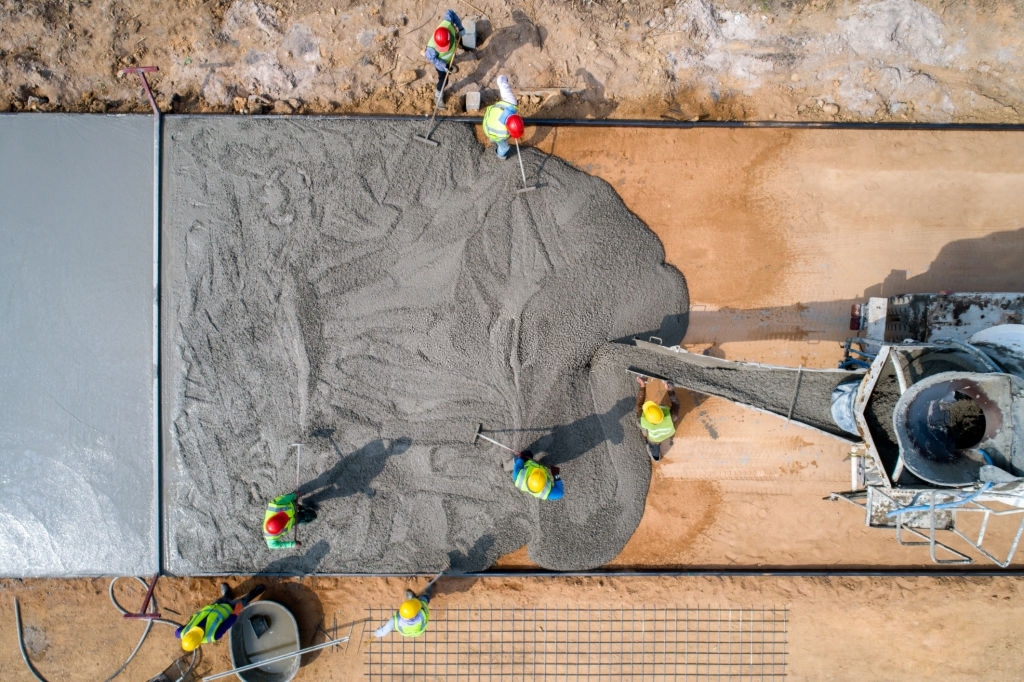Using concrete flooring in your home can indeed be an excellent choice. Especially if you are interested in having a durable floor, then a concrete floor is one of the best available options. However, to make a particular concrete floor long-lasting and durable, it is crucial to seal the same properly since concrete is porous.
A concreter usually effectively seals a concrete floor to keep the floor free from the stains from substances like oil, grease, water and others. As this is not enough, the sealed floors look stunning and are easier to clean as well.
To ensure that the sealer is effective, the sealing application procedure needs to be done with perfection where only a professional concreter can do justice. Everything that you do, from surface preparation to picking of the right application tool, it will go a long way in determining the final output.
What Steps Are Being Followed While Sealing a Concrete Floor by a Professional Concreter?
Here is a quick summary of the step-by-step process of sealing a concrete floor:
Cleaning the floor to remove the stains, oil, dust etc. from the surface of the concrete – To avoid inconvenience, you should necessarily remove all the furniture and everything else that is in the room. You need to keep this in mind that you have to make a temporary space for your goods for at least a week. Once the room is clean, you need to sweep it thoroughly and then proceed to clean any area which is still dirty. You can ideally use mineral spirits to clean the grease spills. Once the floor is completely clean, use a concrete cleaner to make the floor ready for sealing.
Removing any old sealer from the floor – In case the floor already had an old sealant, you necessarily need to wait before applying the new sealant. In case you are not sure if a sealant was used on your floor previously, you can use water for testing the same. To conduct this test, pour approximately one glass of water on the concrete. If the water does not soak into the floor but instead beads up and remains on the surface, the flood has been sealed. In case the floor has not been sealed, the water would soak into the floor. You can remove the sealant using a chemical stripper.
Using an etching solution to open up the concrete – The professional concreters usually choose any of the sealers like acrylic sealers, epoxy sealers, polyurethane sealer or siloxane/silane sealers.
Usage of a roller or sprayer to apply the first thin coat of sealer – This is recommended to divide the room into four sections for the ease of application. The concreter starts with the least accessible section and then work their way out to the door so that you would not have to walk on the wet sealant.
After the first layer has completely dried, then the second coat of sealer is to be applied in the opposite direction – The concreter can get a small paintbrush and use the same to apply the sealer along the edges of the concrete floor where the paint pad or rolling brush may not reach properly. You need to be sure to use nice, even strokes when applying the sealer.
Leaving the sealer on the concrete until this dry fully and one should avoid walking or driving on the concrete until that is dry – The concrete floor after the application of sealer is left undisturbed for up to 4 days to let it dry completely.
Sealing your concrete floor is undoubtedly a fool-proof way to increase the lifespan and durability of the concrete floors and at the same time enhancing their aesthetics and beauty. You should ideally hire a professional concreter rather than trying to do it yourself as this job demands a good level of expertise and precision.


